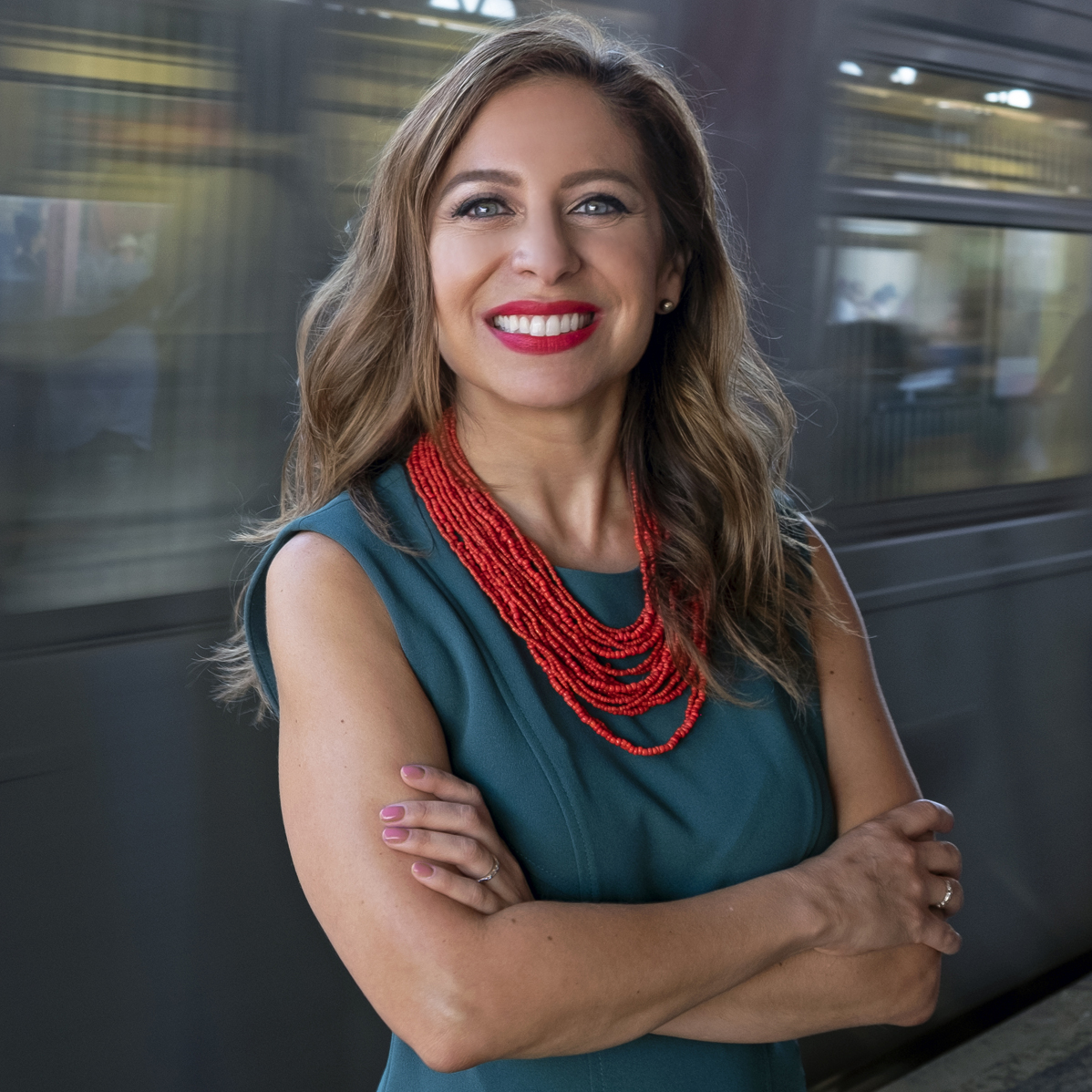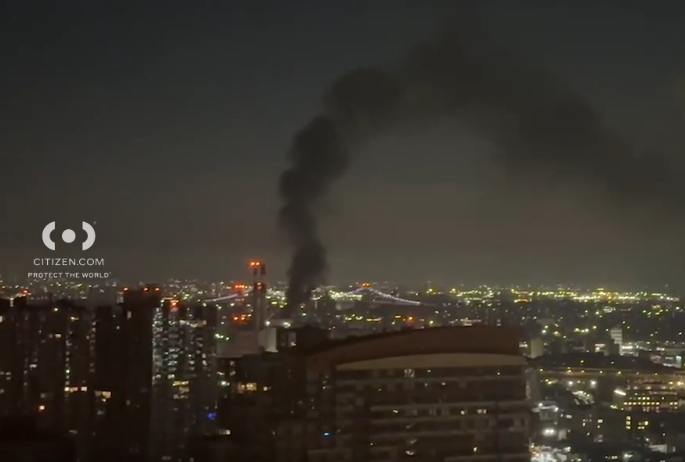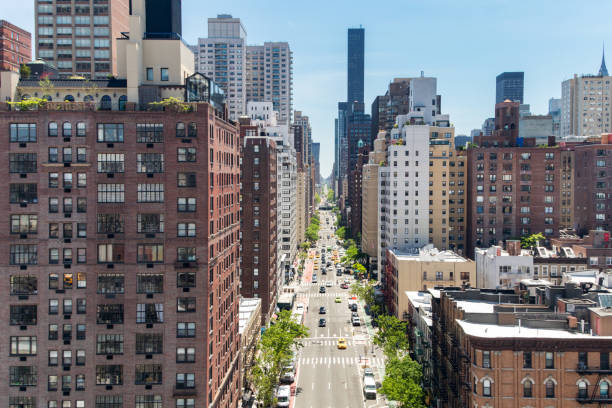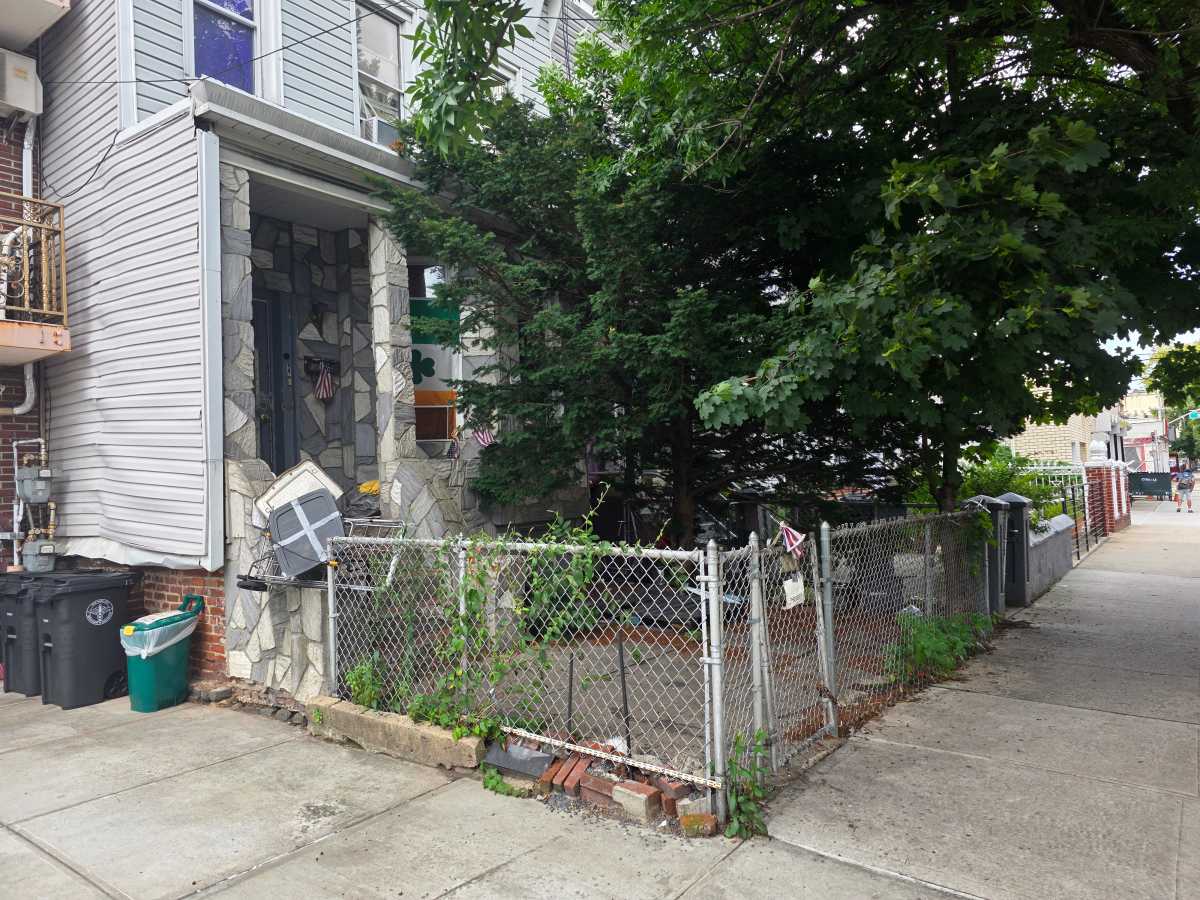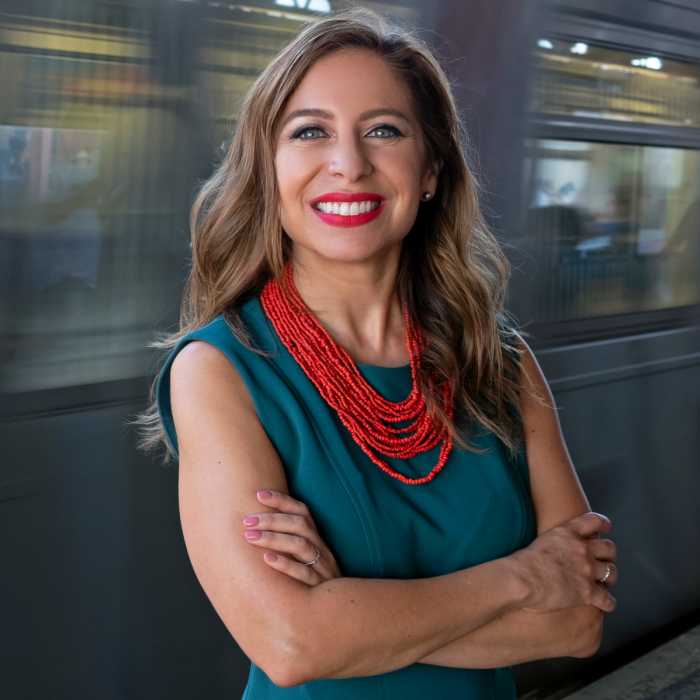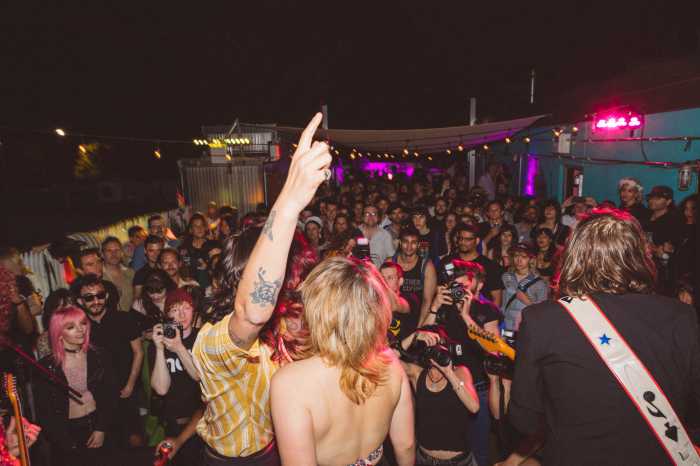By Stephanie Murg
In 1915, Kazimir Malevich painted a black square on a white canvas and, on a frigid winter night, hung it at a jaunty angle in the corner of an exhibition room in Petrograd, the setting of “0,10: The Last Futurist Exhibition of Painting.” And art history was made.
It was no accident that Ukrainian-born Malevich chose to position his black square painting in the “golden corner” of Orthodox tradition, the privileged place where walls meet ceiling that had until then been strictly reserved for religious icons. Malevich was introducing the world to Suprematism, the Russian avant-garde movement that created a new artistic vocabulary of geometric forms that flouted the rules of Euclid — and of everyone else. In making way for new icons, Malevich was hopeful for a world that could consider a simple black square worthy of worship.
A couple of years later, on another chilly Petrograd night, the Bolshevik Revolution ushered in the systematic displacement of traditional icons from Malevich’s homeland, a pillaging of Ukrainian cultural heritage that lasted until the final days of the Soviet regime. Two separate exhibitions now on at The Ukrainian Museum examine what remains — rescued icons and religious sculptures, elements of sacred ritual as well as historic context — and introduce a stunning array of modernist works created by Ukrainian artists, Malevich among them, between 1910 and 1930.
The shows are best viewed in chronological order, which means beginning upstairs with “Ukrainian Sculpture and Icons: A History of Their Rescue.” Many of the 57 objects on view are from the private collection of Ukrainian President Viktor Yuschenko, whose scarred visage became familiar to Americans after he sustained dioxin poisoning during Ukraine’s bitter and controversial 2004 presidential election. Yuschenko, eager to resituate Ukrainian artistic development and production within the history of European art and the world, is now promoting the preservation and display of the country’s antiquities, including the creation of new museums throughout the Ukraine and the establishment of new museum standards to ensure the security of collections.
Dating from the end of the 16th to the early 20th century, the icons and wood sculptures on display provide a glimpse of both the interrupted legacy of art collecting in Ukraine and the effects of the Soviet policy to eradicate the country’s national identity. The exhibition is bracketed by representations of St. Parasceve, one of Ukraine’s most venerated Greek saints and a favorite of its folklore. Considered the patron of love, marriage, fertility, and trade, Parasceve was the go-to saint in times of drought and disease. The first depiction of her is a fragment of a larger painting from the late 16th century. In it, the saffron-robed saint is rendered in a Byzantine aesthetic: eyes shaped like perfect almonds, contoured in confident black lines, with one impossibly long-thumbed hand raised in blessing.
Parasceve returns in one of the show’s latest works, a pair of icons dating from the late 19th century. Here she stands with St. Nicholas at the crucifixion, both of them illustrated so loosely that they resemble gilded playing card monarchs. This time Parasceve’s hands are full, with a palm frond and a cross, and the drapery of her robes are suggested not with slicing Byzantine angles but by black swizzles of rickrack.
Between these two works passed 300 years, making the show a primer of sorts for the mind-boggling sprawl downstairs in “Crossroads: Modernism in Ukraine, 1910-1930.” In over 70 works of high modernism produced in just two decades, this show demonstrates the astonishing breadth of historical, cultural, and artistic influences acting upon Ukraine. Those inclined to art historical trivia games will enjoy playing “What does this remind you of?” and watching fellow viewers grasp wildly for references: Georges Braque if he was into cheerier colors! Kandinsky-meets-Van Gogh! That sweatshirt my brother got in Prague!
The exhibition assaults the viewer with an unbridled use of color, notably secondary hues with the sheen of acrylics squeezed straight from the tube. After a brief introductory dose of Malevich, who taught at the Kiev Art Institute from 1928 to 1930, the viewer comes upon Alexandra Exter’s “Three Female Figures” (1910), an unsettling trio of blank-faced women who look resigned to the fact that a brisk wind has just made off with their facial features. The painting evokes the work of Giorgio de Chirico and the color planes of Paul Cézanne while anticipating the enigmatic bowler-hatted gentlemen of René Magritte.
While walking through this show, one is forced to think carefully about Ukraine, and its evolving cultural and historical position, in an attempt to make sense of the sheer variety of the works on display. The country is bordered by Russia, Belarus, Poland, Slovakia, Hungary, Romania, Moldova, and a pair of seas (Black and Azov). Arising in medieval times as a hub of East Slavic civilization, it was tossed among assorted regional powers before becoming a Soviet republic in 1922. Remembering that the country was part of the Austro-Hungarian Empire before World War I, for example, helps the viewer to better understand the work of such artists as Vsevolod Maksymovych, who favors bubble-patterned backgrounds and decadent Klimt-style nudes, and was clearly in direct contact with the Vienna Secession.
One of the latest works on view, and one that jolts the viewer back into historical reality, is Victor Palmov’s “For Soviet Power” (1927), a massive oil painting of a man slain in the street. His face glows a ghostly greenish-white and his wound oozes magenta blood that clashes with the vibrant, red Soviet banner beneath him. Beside his body, bullets are scattered. Six years later, working under Stalin’s newly enacted state policy to replace both reality and abstraction with the cheery propaganda of Socialist Realism, Malevich himself returned to figuration with a traditional self-portrait. In lieu of a signature, he signed the work—in the bottom corner—with a tiny black square on a white ground.
In his introduction to the catalogue for the sculpture and icons exhibition, Viktor Yuschenko writes, “It gives me great pleasure when Ukrainian art crosses borders and displays the richness of Ukraine’s cultural heritage around the world.” A visit to these two exhibitions proves that art of Ukraine, whether displayed in Kiev or the East Village, is perpetually crossing borders.

















